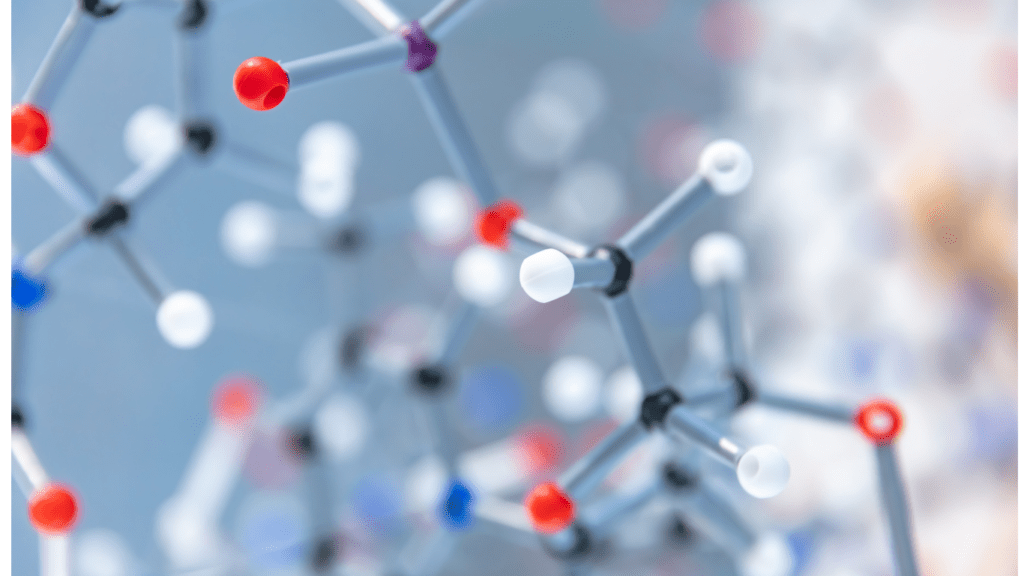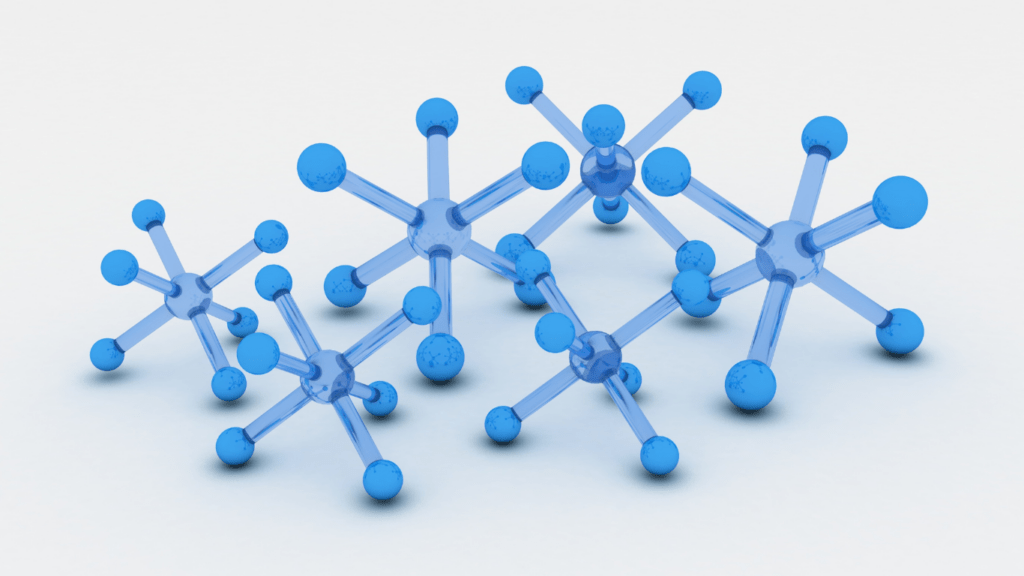Understanding Nanotechnology: Basics and Beyond
What Is Nanotechnology?
Nanotechnology involves manipulating materials at the atomic and molecular levels, typically within the scale of 1 to 100 nanometers. One nanometer equals one-billionth of a meter.
This scale allows for control over individual atoms and molecules, making it possible to create materials with novel properties.
For instance, nanoparticles can exhibit:
- different chemical reactivity,
- strength
- electrical conductivity
- optical properties
compared to their larger-scale counterparts.
Historical Development of Nanotechnology
The concept of nanotechnology dates back to 1959 when physicist Richard Feynman gave his famous lecture, “There’s Plenty of Room at the Bottom.” He envisioned the potential of manipulating individual atoms.
However, practical advancements began in the 1980s with the advent of Scanning Tunneling Microscopy (STM) and Atomic Force Microscopy (AFM).
These tools allowed scientists to visualize and manipulate atoms and molecules directly.
By the early 2000s, nanotechnology gained immense traction with substantial investments from governments and private sectors, leading to rapid advancements in various fields like medicine, electronics, and materials science.
The Role of Nanotechnology in Future Innovations
Key Areas of Impact
- Nanotechnology’s future lies in its wide-ranging potential. Medicine stands to benefit drastically.
- Nano-sized drug delivery systems target specific cells, reducing side effects and increasing treatment effectiveness.
- Nanorobots, or nanobots, could perform precise surgeries and monitor health from within the body.
- Electronics will also evolve. Nanoelectronics promise faster processing speeds and smaller, more efficient components.
- Quantum dots and nanowires could revolutionize how devices store and transmit data.
- Energy production and storage will see significant changes.
- Nanomaterials improve solar panel efficiency and energy density in batteries.
- Environmentally, nanotechnology aids in water purification and pollution control.
- Nanocatalysts speed up chemical reactions for cleaner energy production. Materials science will advance through nanocomposites, which provide superior strength and lighter weight.
- Nanoscale coatings will offer better protection against wear and corrosion.
Predicted Innovations in the Next Decade
Medical diagnostics will likely advance with nanotechnology. Lab-on-a-chip devices could provide rapid, on-the-spot testing for various conditions, enhancing early detection rates.
Personalized medicine will grow, with treatments tailored at the nanoscale for individual patients.
In electronics, flexible and wearable devices will become common. Transparent and flexible displays, made possible by nanomaterials, will transform consumer electronics.
Energy harvesting will expand through nanoscale thermoelectric materials, converting waste heat into usable power.
Supercapacitors built with nanomaterials will revolutionize energy storage, offering quick recharge and long lifecycle.
Environmental applications will increase with nanomaterials designed to break down pollutants.
Nanotechnology will refine recycling processes, making them more efficient and cost-effective.
In agriculture, nanosensors will help monitor soil health and crop conditions, increasing yield and reducing resource use.
Nanopesticides and nanofertilizers will improve efficiency and minimize environmental impact.
Construction will see innovations with self-healing materials, made possible by embedding nanocapsules within building materials.
Intelligent building systems, enabled by nanosensors, will optimize energy use and enhance safety.
Applications of Nanotechnology Across Industries

Healthcare and Medicine
- Nanotechnology revolutionizes healthcare and medicine by enabling precise interventions at the cellular level.
- Nanorobots can navigate the bloodstream to deliver drugs directly to target cells, reducing side effects.
- Nano-sized drug delivery systems improve the efficacy of cancer treatments by focusing on tumor cells.
- Diagnostic tools using nanosensors detect diseases earlier and more accurately.
According to a study by the National Institutes of Health, nanomaterials enhance imaging techniques, making early detection of diseases like Alzheimer’s more feasible.
Energy and Environmental Solutions
Nanotechnology drives significant advancements in energy and environmental solutions.
Nanomaterials increase the efficiency of solar panels, converting sunlight into electricity more effectively.
Energy storage sees improvements with nano-enhanced batteries, which deliver higher energy densities and faster charging times.
Environmental applications include nanofilters that purify water by removing contaminants at the molecular level.
The Environmental Protection Agency highlights nanotechnology’s potential in pollution control, using nanoscale catalysts to break down harmful chemicals.
Electronics and Computing
Nanotechnology transforms electronics and computing by :
- enabling smaller
- faster, and
- more efficient components.
Transistors made with nanomaterials allow for the creation of ultra-small microchips, increasing processing speeds and reducing power consumption.
Quantum dots and nanowires enhance display technologies, resulting in more vibrant and flexible screens.
According to the Institute of Electrical and Electronics Engineers, nanotechnology facilitates significant advancements in memory storage, leading to higher capacities and quicker access times.
Challenges and Ethical Considerations
Regulatory and Safety Challenges
Nanotechnology presents significant regulatory and safety challenges. Regulatory bodies must evaluate potential risks associated with nanoparticles.
These particles are often small enough to bypass traditional safety barriers, presenting unique health and environmental risks.
For instance, nanoparticles can penetrate cells and tissues more easily, potentially causing unknown health effects.
This risk necessitates stringent safety protocols.
Existing regulatory frameworks may lack specific guidelines tailored to nanomaterials.
Regulatory agencies must develop comprehensive standards to address these gaps.
Standards should include testing methods for nanoparticle toxicity, environmental impact assessments, and manufacturing practices.
Agencies like the FDA and EPA are crucial in this process.
Ethical Implications of Nanotechnology
Nanotechnology raises several ethical questions. The potential for misuse and unintended consequences is significant.
For example, the enhancement of human abilities using nanomaterials could lead to ethical dilemmas regarding equity and access.
Only a select group could afford such enhancements, creating societal divides.
Privacy concerns also emerge. Nanotechnology enables advanced surveillance techniques, including nanosensors.
These devices, while beneficial for security, could infringe on personal privacy. Ethical frameworks must protect individual privacy rights.
Manipulating matter at the atomic scale brings up concerns about “playing God.”
The idea of controlling biological processes at such a fundamental level raises questions about the natural order and human intervention.
Ethical oversight must ensure that scientific advancements do not overstep moral boundaries.
Balancing innovation and ethical considerations is key.
Stakeholders, including scientists, policymakers, and ethicists, must collaborate to create guidelines ensuring that nanotechnology development proceeds responsibly.

